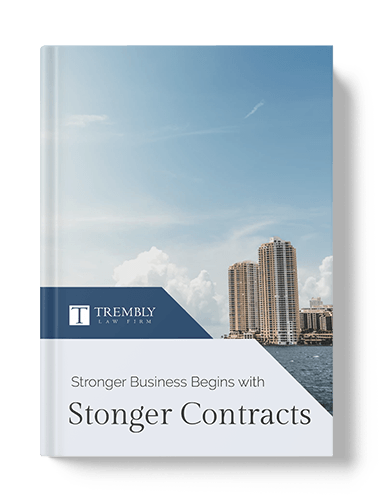In any corporation, there is a classic balance that must be struck: the balance of powers and rights between the shareholders and board of directors. While the board of directors seeks to gain power so that it has the relative freedom to do as it pleases, the shareholders often retain rights to have their voice heard. There are many mechanisms at play that ensure there is to be a well-struck balance. Many mechanisms are automatic in a corporation, such as the shareholders’ rights to vote on the board of directors. Yet others, such as cumulative voting, are not automatic. It is important to understand the delicate balance in the corporation, and ensuring the right mechanisms are in place to ensure smooth functioning of the corporation.
There are several pro-shareholder mechanisms that a corporation either must or may have in place. The first mechanism is the shareholder vote. Because shareholders may vote in the directors, they retain power over them. However, to vote out directors, there must be cause. Shareholders do not have free reign to have directors fired. Shareholders also vote on major corporate actions. With the voting power comes the right to inspect books and records, therefore ensuring a very transparent board of directors. In at least this mandatory aspect, shareholders retain a lot of power.
Another pro-shareholder mechanism is litigation. Shareholders may bring suit on behalf of the corporation against an individual who has committed harm. If they are still not satisfied, the shareholder can engage in the “Wall Street Walk,” in essence selling their shares in a move surely to signal that there is trouble within the corporation. A corporation may also provide cumulative voting to shareholders instead of straight voting, giving more power to larger shareholders. Finally, shareholders have additional powers in their proxy access. They can introduce subjects for vote, giving them more power.
On the other hand, there are a lot of mechanisms that can be put in place to protect the powers of the board of directors. For example, a corporation may have staggered boards, which allow for only minimal directors to be voted on each year. This is a way to help entrench current board members. Unlike cumulative voting, plurality voting is a traditional voting scheme that entitles each shareholder to one vote per director. Therefore, plurality voting helps directors retain power. Short slates, quorum requirements, and supermajority voting requirements are other mechanisms a corporation can put in place to protect its directors’ powers.
In sum, a corporation must consider a careful balance of power between its shareholders and board of directors. Giving too much power to one group may be off-putting to the other, and therefore should be given careful consideration. Consulting with a legal team with years of experience assisting business owners can help ensure that the proper balance is struck. Call the Trembly Law Firm at (305) 431-5678 today to schedule your consultation.

















